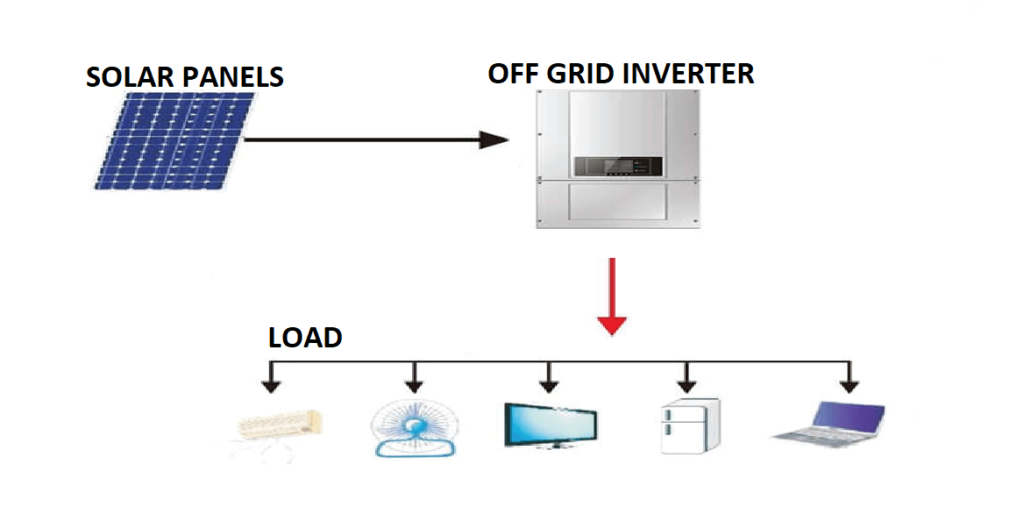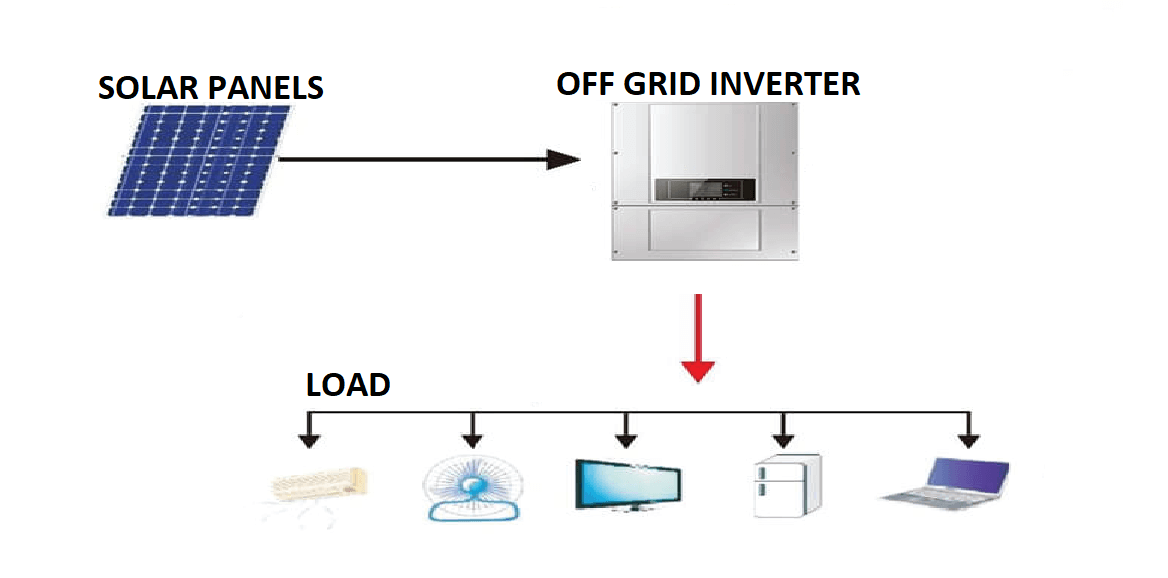- Introduction
- Understanding Solar Power
- Benefits of Using Solar Power without Battery
- Maximizing Solar Power Efficiency
- Optimizing Energy Usage
- Choosing the Right Solar Panels
- Implementing Solar Power Systems
- Conclusion
Introduction
Solar without battery are gaining popularity as a cost-effective and simplified alternative for harnessing renewable energy. This approach, which relies on solar energy without the need for battery storage, offers environmental benefits and potential cost savings. While traditional solar power systems include batteries to store excess energy for use during periods of low sunlight or at night, opting for solar power without batteries can still be highly efficient. In this article, we will discuss the advantages of solar power systems without batteries and provide best practices for maximizing efficiency and optimizing energy usage in these systems.
Understanding Solar Power
Before delving into the specifics of utilizing solar without battery, it's important to grasp the fundamentals of how solar power works. Solar panels are the primary component of a solar power system. These panels are made up of photovoltaic (PV) cells that convert sunlight into electricity through the photovoltaic effect.
When sunlight hits the solar panels, the PV cells absorb the photons and generate a flow of electricity, which can then be used to power electrical devices or stored in a battery for later use. However, in a battery-less solar power system, the generated electricity is used directly, eliminating the need for a storage component.

Benefits of Using Solar without Battery
- Cost Savings: By omitting the battery from a solar power system, you can significantly reduce the overall cost of the installation. Batteries can be one of the most expensive components and require regular maintenance and replacement. Going battery-less eliminates these costs, making solar power even more affordable.
- Simplicity: Battery-less solar systems are less complex, as they remove the need for additional components such as charge controllers and inverters. This simplicity makes installation and maintenance easier and reduces the chances of system failures or malfunctions.
- Durability and Lifespan: Batteries have a limited lifespan and may need to be replaced every few years. Without a battery, your solar power system can be more durable and have a longer lifespan overall, resulting in fewer maintenance requirements and higher reliability.

Maximizing Solar Power Efficiency
To make the most of solar power without a battery, it's crucial to optimize efficiency in your solar power system. Here are some strategies to enhance the efficiency of your setup:
- Positioning and Orientation: Ensure that your solar panels are positioned to receive maximum sunlight throughout the day. A south-facing orientation in the Northern Hemisphere is generally considered ideal. Regularly clean the panels to remove dirt or debris that could obstruct sunlight absorption.
- Sizing the System: Determine the appropriate size of the solar power system based on your daily energy consumption. Oversizing the system can generate excess energy, while undersizing may lead to insufficient power generation. Consider your electricity needs and consult a professional to find the optimal system size.
- Using High-Efficiency Solar Panels: Invest in high-efficiency solar panels that can convert a higher percentage of sunlight into electricity. These panels may cost more upfront but can provide greater electricity output over the long run.
Optimizing Energy Usage
An important aspect of using solar power without a battery is optimizing energy usage to align with the availability of sunlight. Here are some tips to help you make the most of your solar power system:
- Time-Shift Energy Usage: Plan your high-energy consumption activities, such as running heavy appliances or charging electronic devices, during the peak sunlight hours. This will allow you to use the electricity generated by your solar panels directly, reducing dependence on the grid.
- Energy-Efficient Appliances: Invest in energy-efficient appliances that consume less electricity. This will help you minimize your overall energy consumption, making it easier to solely rely on solar power.
- Energy Monitoring: Install an energy monitoring system to keep track of your electricity usage. This will enable you to identify patterns and adjust your energy consumption accordingly to align with the availability of solar power.
Choosing the Right Solar Panels
Selecting the right solar panels is critical to the success of a battery-less solar power system. Here are some factors to consider when choosing solar panels:
- Quality and Reliability: Opt for reputable solar panel manufacturers that offer warranties and have a proven track record. This ensures the longevity and reliability of your solar panels.
- Efficiency: Look for solar panels with a high-efficiency rating. Higher-efficiency panels will generate more electricity with the same amount of sunlight, allowing you to maximize the output of your solar power system.
- Size and Installation: Consider the physical dimensions and installation requirements of the solar panels. Choose a size that can accommodate your available space and align with your installation preferences.

Implementing Solar Power Systems
When implementing a solar power system without a battery, it's important to work with professionals who specialize in battery-less setups. They can provide expert guidance on the design and installation of your system, ensuring its effectiveness and compliance with safety standards.
Conclusion
Using solar power without a battery offers numerous advantages, including cost savings, simplicity, and increased durability. By understanding solar power, optimizing efficiency, and choosing the right components, you can effectively harness the sun's energy to power your home or business. While a battery-less solar power system may not be suitable for every situation, it is a viable option that deserves consideration for those seeking a simplified and cost-effective approach to solar energy utilization.
